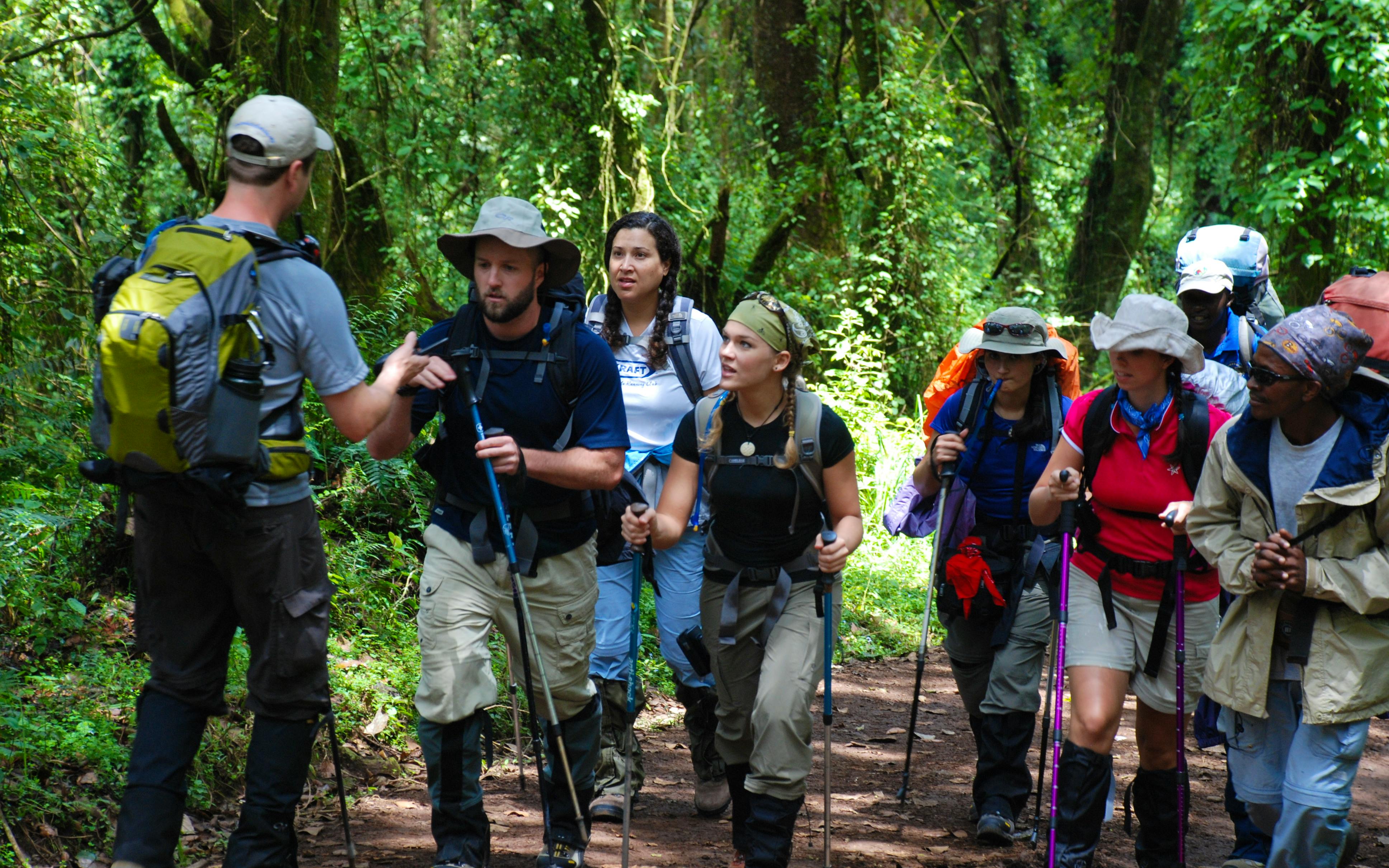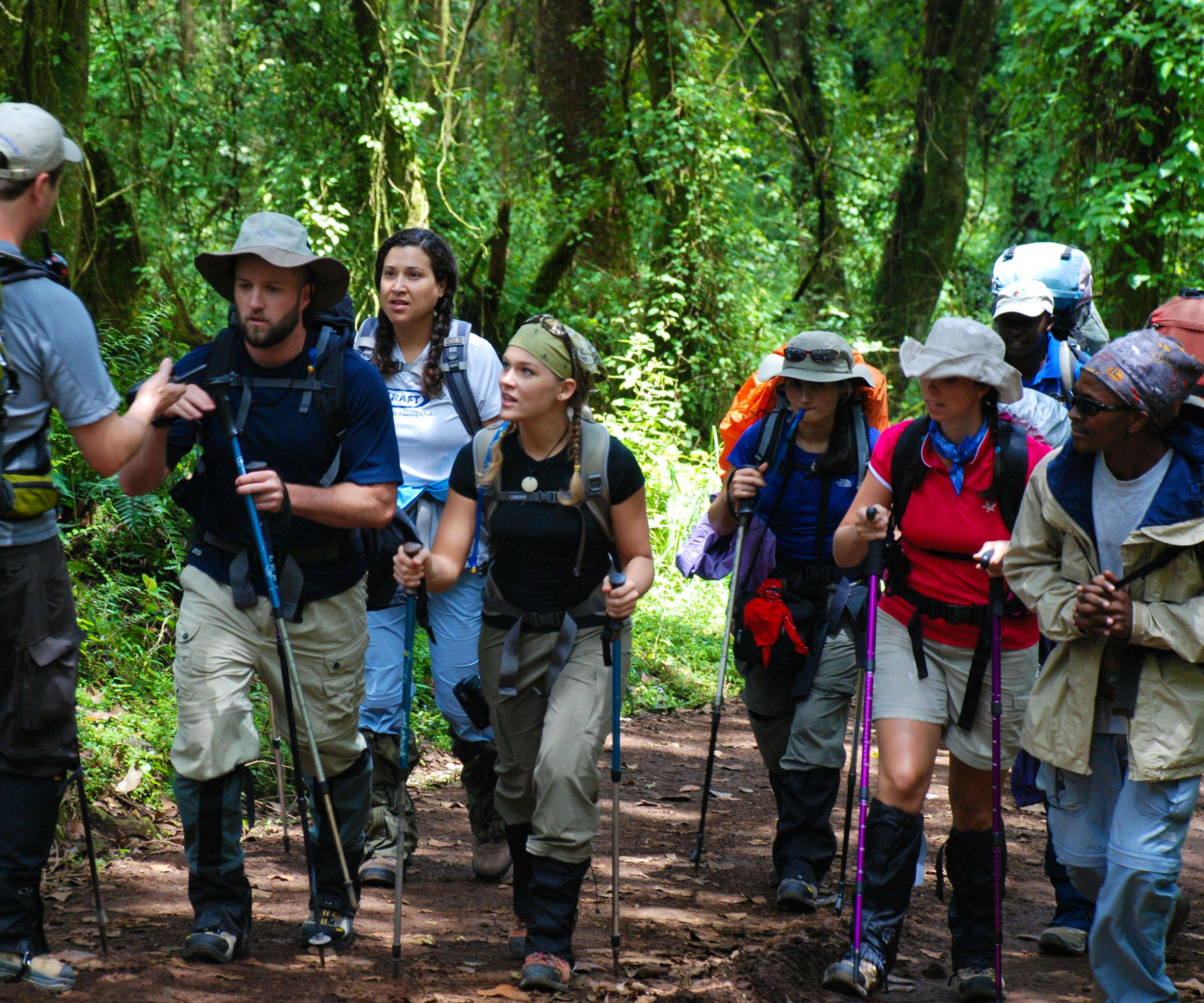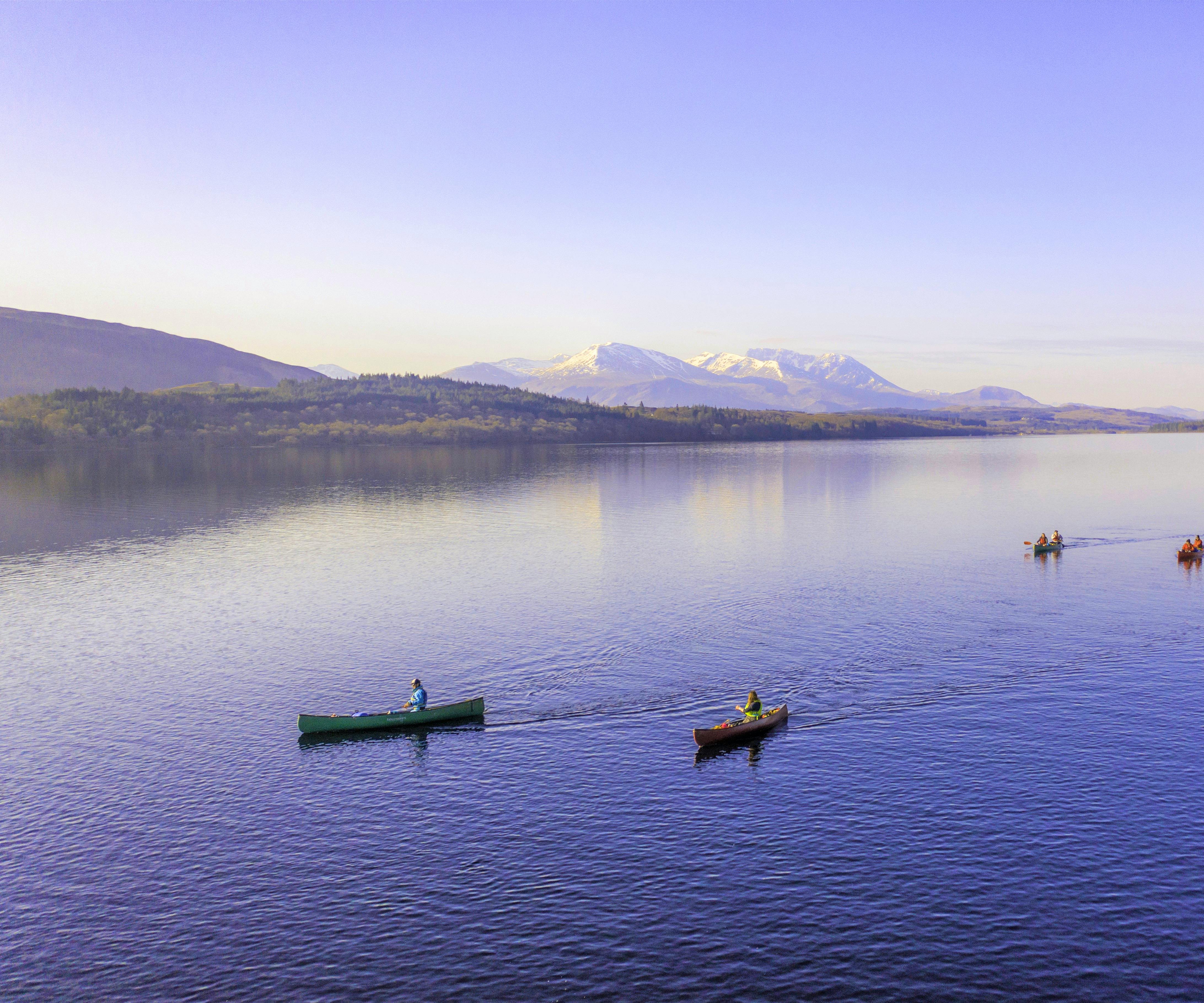Lemosho vs Machame Routes: Which Should You Choose?
If you've made the decision to hike the impressive Mount Kilimanjaro, the next question is often which route to take. The choice of hiking the Lemosho vs Machame route often crops up, as they're both popular routes up the mountain.
On the one hand, you have the Lemosho route, a lower-traffic path with a reputation for its stunning scenery. On the other hand, you have the Machame route, a well-trodden path often hailed as the 'Kilimanjaro Whiskey Route.'
Well, you're in luck; Skyhook has both trips available for booking for your Kilimanjaro hike! All you need is to decide which route suits you best - and we'll help you do just that.
Here are our insights on what to expect from these two routes so you can choose the right one for your goals.
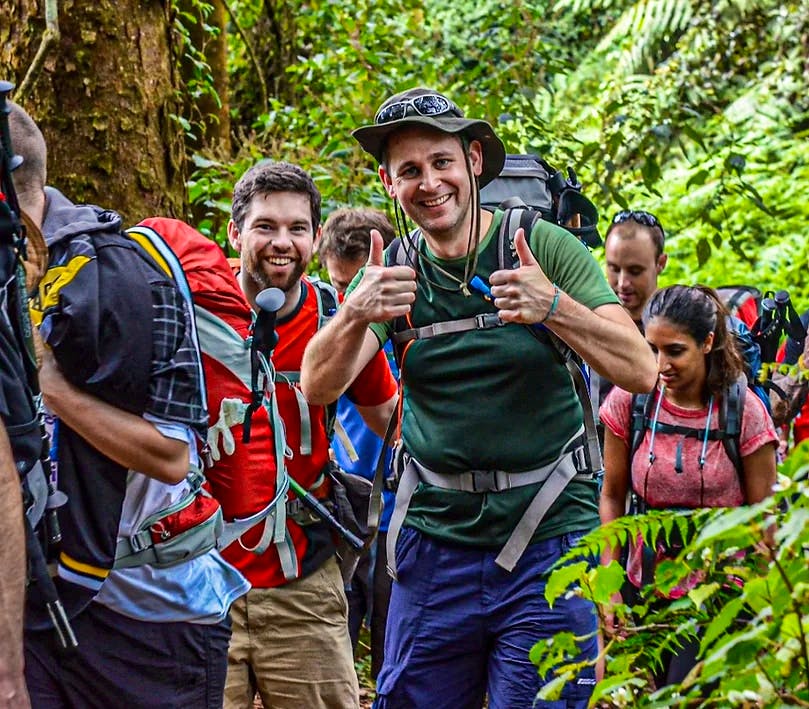
Lemosho Route Kilimanjaro Overview
The Lemosho Route is one of Kilimanjaro's most picturesque and pristine paths to the summit. It starts on the western side of Kilimanjaro. Trekkers begin their journey from the Londorossi Gate, whose location allows for a gradual ascent, granting ample time to acclimatise to the increasing altitude.
Lemosho is a longer route, usually spanning from 7 to 8 days. During this trip, you will traverse five distinct climate zones, ranging from lush rainforests to arid alpine deserts. You'll experience many landscapes and ecosystems during your ascent.
Compared to the Kilimanjaro Machame route, Lemosho typically sees fewer hikers. The route offers a more serene experience and increases your chances of reaching the summit.
Lemosho shares part of its path with the Machame and Shira Routes, and it's here that you'll encounter one of the most captivating highlights - the Shira Plateau! It offers panoramic mountain views and is known for its otherworldly lunar-like landscape.
Finally, the Lemosho Route is known for its Kilimanjaro wildlife sightings. You may be fortunate enough to spot various species, including colobus monkeys, blue monkeys, and others, in the lower rainforest sections.
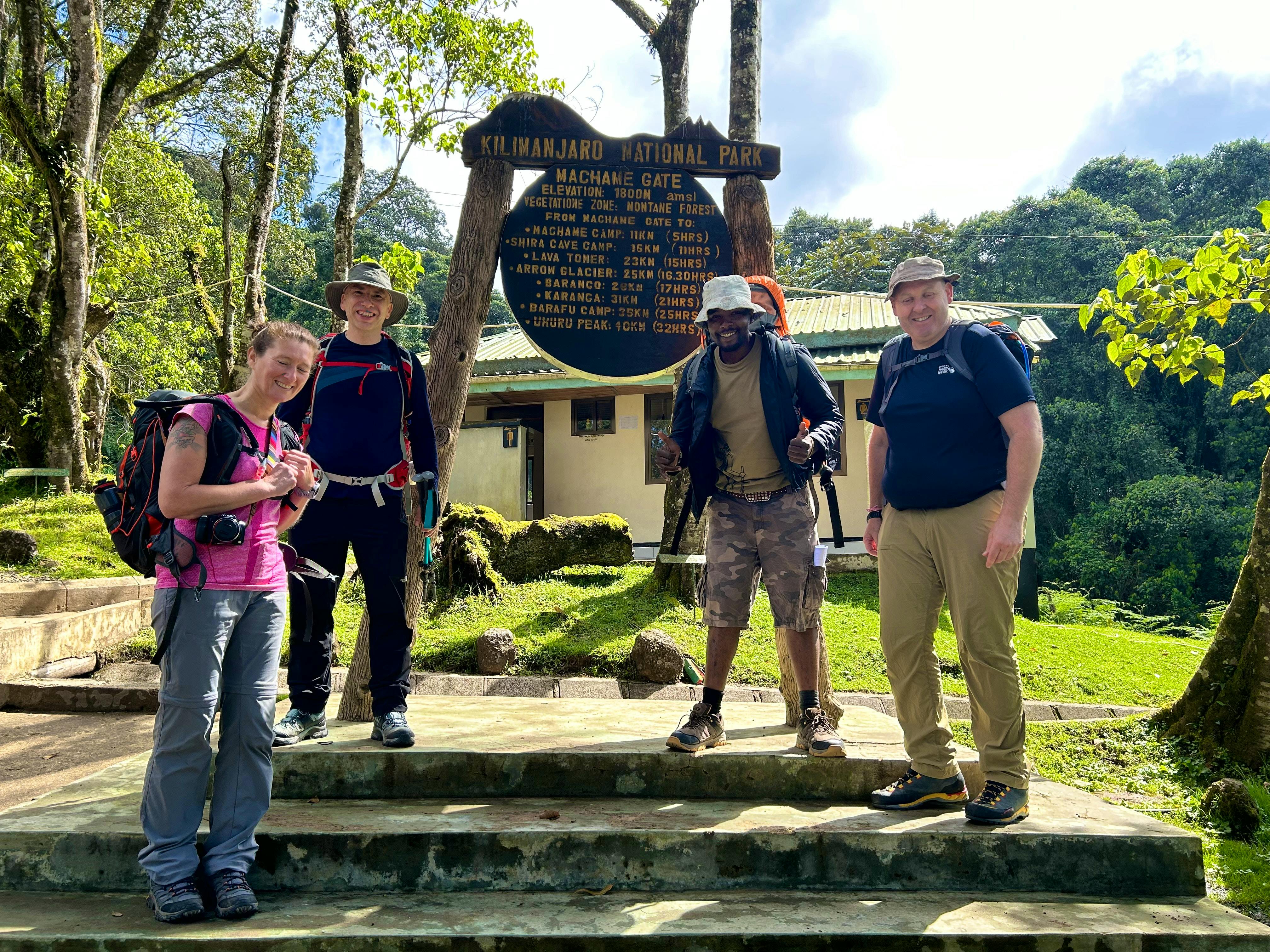

Latest Deals
Kilimanjaro Machame Route Overview
The Machame Route, a firm favourite among Kilimanjaro hikers, offers a thrilling ascent to Africa's highest peak. The adventure begins on the southwestern side of Kilimanjaro at the Machame Gate, which is nestled in the vibrant montane rainforest, surrounded by emerald-green vegetation that sets the stage for an awe-inspiring climb.
Machame is typically trekked over a 6 or 7-day itinerary. With fewer days on the trail, the Machame Route provides a more direct path to the summit. It's a popular choice for experienced hikers or those with limited time.
The Machame Route takes you through diverse landscapes – from the luscious rainforests to moorland zones. A highlight is the Shira Plateau, which serves as a shared section with the Lemosho Route, showcasing sweeping views of Kilimanjaro's splendour.
Unlike Lemosho's gradual ascent, Machame throws a few steeper challenges your way, especially as you climb the Barranco Wall. The added difficulty appeals to hikers looking for a more physically demanding adventure.
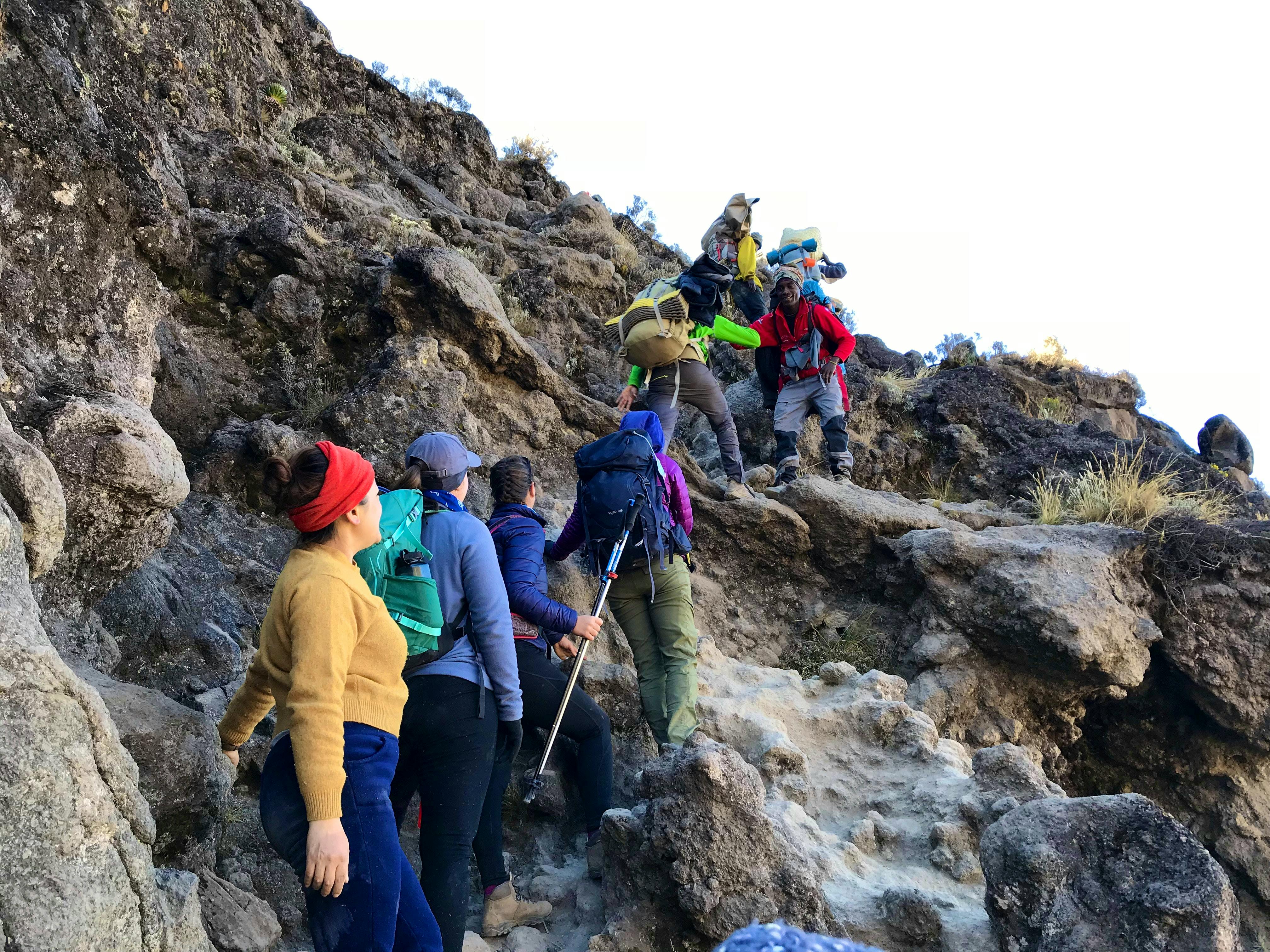
Due to its popularity, the Machame Route tends to have more fellow climbers than the Lemosho route. It could be a point in its favour if you thrive in a more social atmosphere and enjoy exchanging stories with other trekkers.
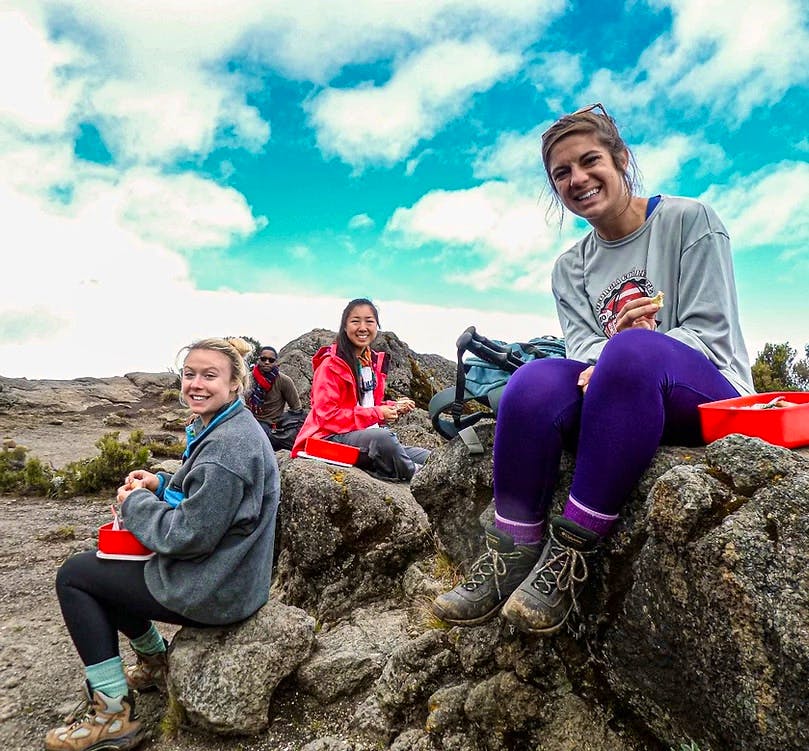
Acclimatisation Opportunities on Machame vs. Lemosho Routes
Lemosho Route:
Lemosho's longer duration is one of its key advantages. With more days on the trail, your body has more time to adapt to the increasing altitude. This extended acclimatisation period can significantly reduce the risk of Kilimanjaro altitude sickness, making it a safer choice for many trekkers.
Machame Route
With its slightly quicker ascent, the Machame Route offers less acclimatisation time. While some hikers might be comfortable with this pace, it may pose a higher risk of altitude sickness, especially if you take a shorter itinerary.
You can prepare with our 12-week Kilimanjaro training plan to mitigate symptoms when hiking on the Machame Route. Also, opt to spend more days on the trail. The longer you stay on the mountain, the easier the altitude will become on your body.
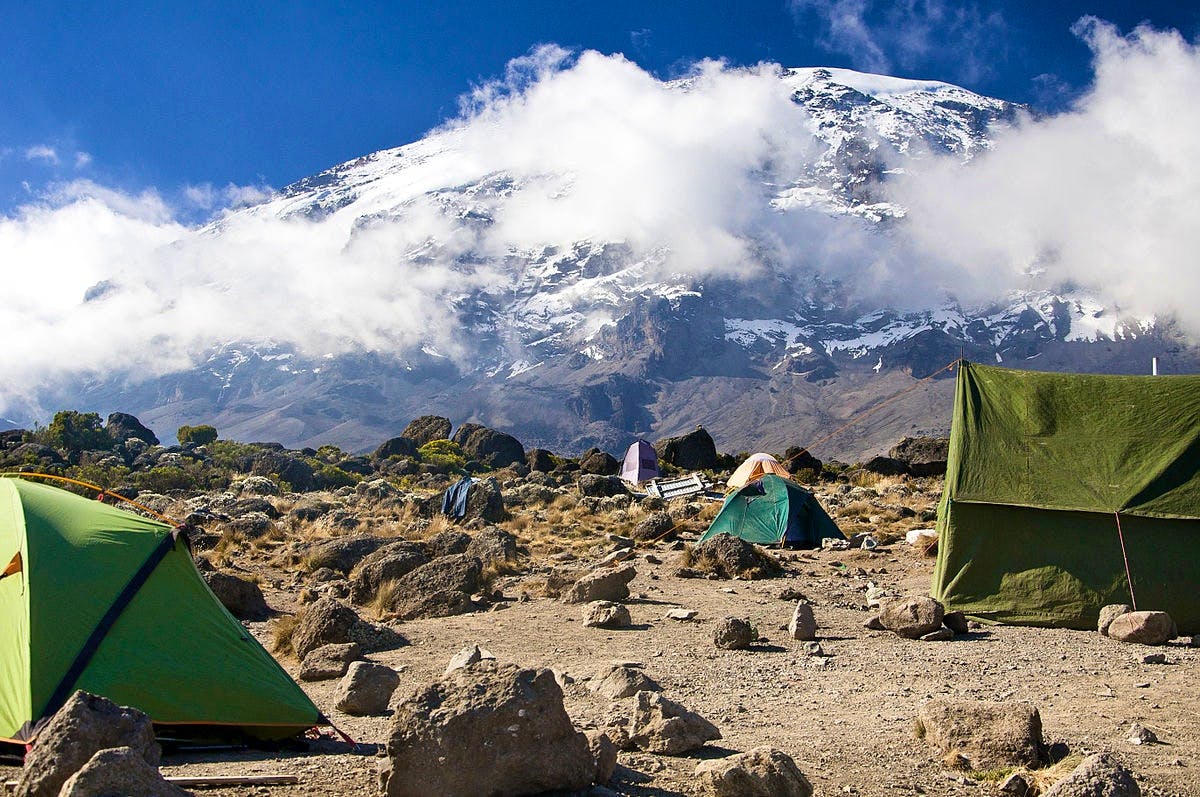
Accommodation on Lemosho and Machame Routes
The critical difference between the two routes regarding accommodation is the level of solitude and the pace of ascent. Both routes offer camp accommodation. Trusted Kilimanjaro porters carry the camping equipment and set up tents in designated campsites along the trail.
Lemosho generally offers a more secluded experience with fewer hikers, while Machame is more popular and can be busier at campsites.
The facilities on both routes are basic, with rudimentary communal toilets. Your choice between the two should depend on your preference for solitude or a more social atmosphere, as well as your pace of ascent and acclimatisation preferences.
Good to know: You can hire a portable toilet for your trekking group only from our local operators.
Frequently Asked Questions on Lemosho vs Machame Routes
1. Is Lemosho Route the Easiest?
While Kilimanjaro is not technically challenging, we can't really say the Lemosho Route is 'easier' than the Machame route. It is, however, a safer and more gradual option compared to Machame when considering acclimatisation opportunities.
Your physical fitness and experience at high altitudes play a significant role in determining the route's difficulty.
2. How Hard is the Kilimanjaro Machame Route?
The Kilimanjaro Machame Route is moderately challenging due to its steeper sections, faster ascent, and the risks associated with high altitudes. Your physical fitness, altitude tolerance, and prior experience can influence the difficulty level.
3. Which Kilimanjaro Route is Best?
The Lemosho and Machame routes offer unique rewards and challenges, so your choice should be based on what aligns best with your goals, comfort, and experience level. Our experienced guides can help you make an informed decision based on your needs.
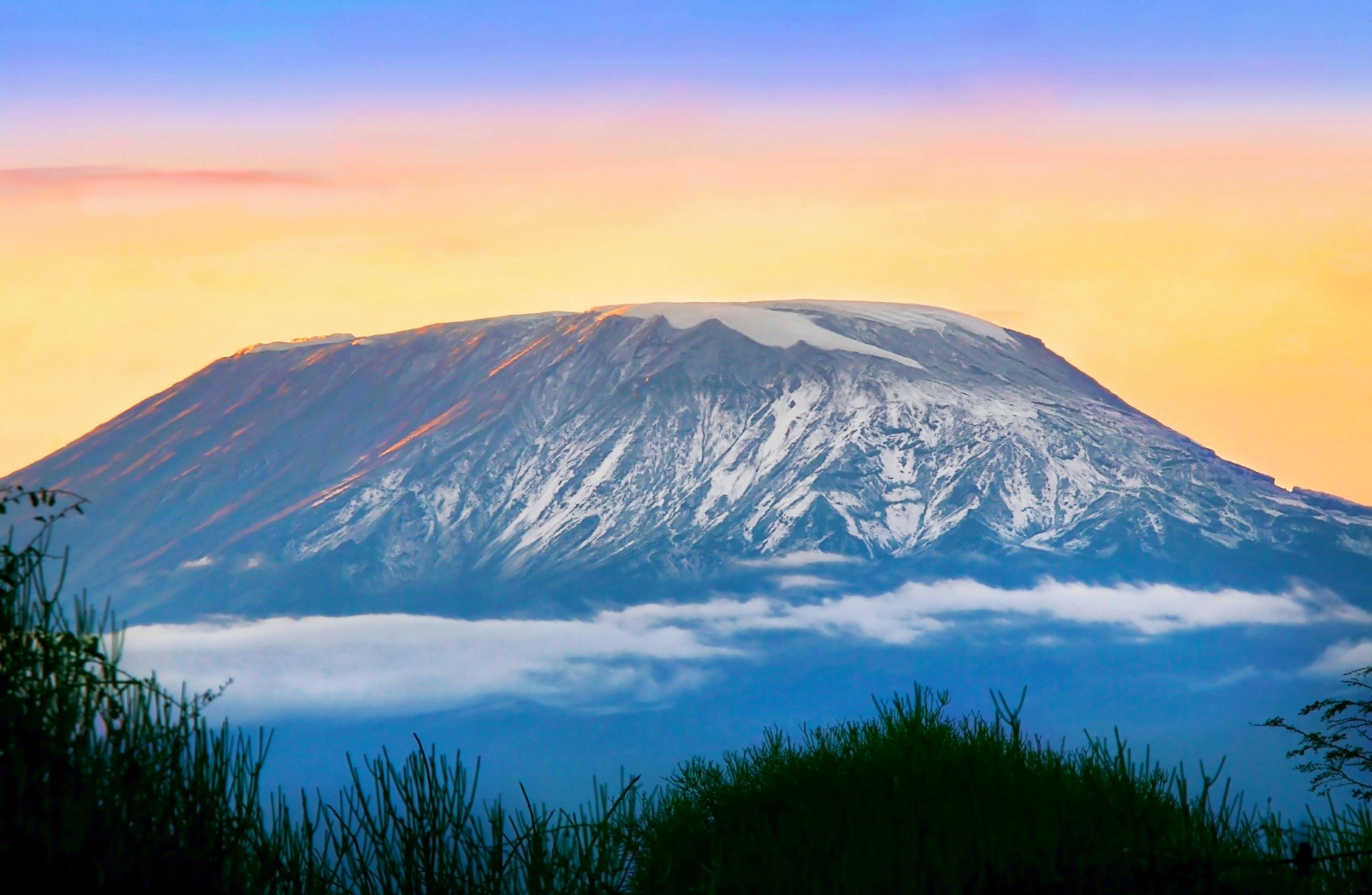
Conclusion
All in all, there is a lot to consider when comparing the Lemosho vs Machame Route on Kilimanjaro. Each path has its merits, and which one is best for you is ultimately dependent on your particular preferences.
Guided Lemosho and Machame Trips:
Other Skyhook Trips to Kilimanjaro
Find your next adventure
Why Skyhook?
Join over 27,000 Skyhook adventurers who've used our platform to book directly with our vetted local guides, at local prices (we never markup).
Expert Local Guides
Experienced local guides, handpicked by us.
Best Prices
Never pay a markup on the local guide's price.
Exclusive Club
Earn loyalty rewards every time you travel.
Great Social Vibes
Small group tours provide a richer experience.
Stellar Feedback
Over 2,800 reviews, average of 4.9/5 stars.






